6 Reasons EVs Are Still Lagging Behind Internal Combustion

Electric vehicles have been around since the 1800s and yet are only just beginning to catch up with internal combustion, the dominant force established during the 20th century.
A young Scotsman called Robert Anderson invented a non-rechargeable EV back in the early 1830s and electric vehicles held all land speed records up until the 1900s. And yet despite the huge accomplishments by companies like Tesla, BMW and most recently Rimac, the electric car still isn’t quite on-par with the established world of IC. So here are some reasons why the future isn’t quite here yet…
Range
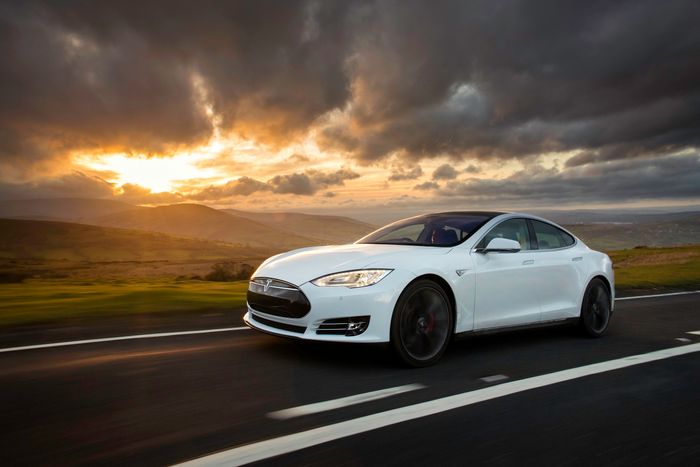
Possibly the largest factor that is weighing down the progression of EVs. With the level of battery power currently being manufactured, an electric vehicle simply cannot match an IC engine when it comes to long-haul journeys. Sure, EVs have got to a point where they are more than capable of everyday city driving, but if you need to drive cross-country to the next city, keeping an eye on that range readout will become a nervous affair.
In the UK (where our motorway speed limit is 70mph) the top of the range EV on sale here – the Tesla Model S P90D – has a range of 267 miles from full charge. That figure is further reduced once you upgrade to the largest 21-inch wheels, and don’t you dare touch the A/C. A diesel saloon these days will happily sit above 50mpg, which when combined with a reasonably large tank can more than double the range of the all-electric vehicle.
Charging time
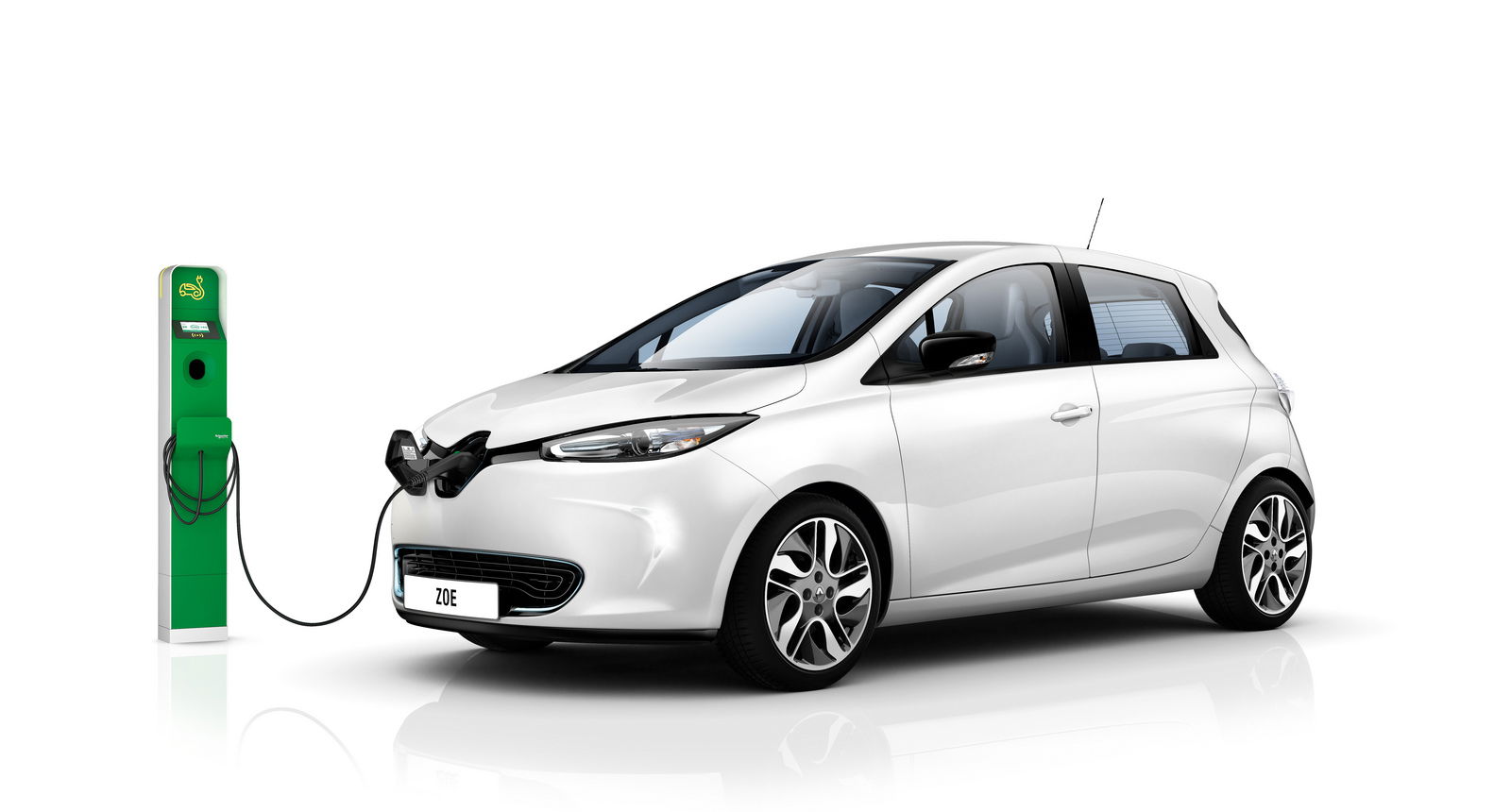
Another near-fatal shot fired from the world of internal combustion. After you’ve travelled twice as far as the EV, you can swiftly fill up your fuel tank in around two minutes at the pump and then get on your way again. Battery charging on the other hand is a massive inconvenience.
Plugged into a normal home charger that uses the mains voltage and current, a top range EV will add around 11 miles of range for each half hour of charging time. This therefore means that for effective and full charging to take place, it’s only really convenient to have the car plugged in overnight.
But on road trips, that is simply not an option, so Tesla provides ‘Superchargers’ at specific petrol stations around the country which will give you back 50 per cent range in ‘just’ 20 minutes of charging. You could say that’s enough time to nip into the services and get a Burger King and a Wispa, but there’s no such thing as a ‘splash and dash’ pitstop in the world of EVs.
Weight

The blistering acceleration that instant-torque motors are capable of is all well and good, but electric vehicles are extremely heavy in comparison to their IC rivals. The Model S sits at 2106kg, the same as many bulky SUVs and much heavier than most super and sports cars. And although in cases like the Rimac Concept One they can obliterate even the most modern of hypercars, the sheer weight of the battery packs make for intrinsically poor handling.
Although companies like Tesla and Rimac try their utmost to place the battery as low as possible to decrease the centre of gravity, EVs in general are renowned for fairly cumbersome dynamics that make their IC equivalents a much more involving and rewarding driving experience.
Lack of manufacturer cohesion
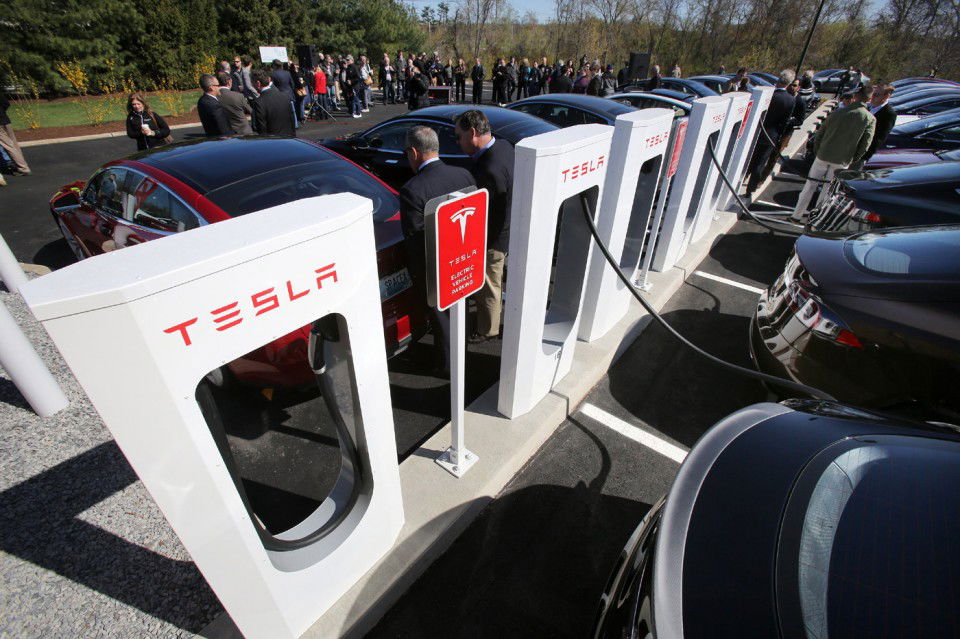
Making a universal battery connection/pack for all EVs would be a huge step forward in convenience and would entice many more customers into seeing them as a viable option. Unfortunately, each manufacturer has stuck to its own way of doing things in this volatile age of secretive technological advancements.
Once electric vehicles become more commonplace in the market, I’d imagine that the largest EV companies will begin to bring their ideas together and form some sort of cohesion so that batteries can be switched from one vehicle to another from a differing brand.
If an IC car’s battery dies, a recovery service can easily arrive and provide a replacement battery to get you on your way again. If you were to have a battery issue in an electric vehicle however, the chances of a recovery service hauling around each different form of battery pack for each different type of EV are extremely unlikely. Along with charging points covering all different types of connections for every EV on the market, the likes of Tesla, BMW and Renault need to quickly level the playing field to add to the attraction of their latest new-age vehicles.
Price

Due to the technology still being relatively new to the car market, it’s safe to say that buying an electric vehicle is a bit of a hit on the wallet from the outset. A Renault Zoe will set you back around £18,000 for the 65kW (88bhp) model, with the Tesla Model X topping out at £116,000.
With the more powerful and convenient Fiesta EcoBoost priced at £2000 less than the Renault and the Model X skirting dangerously close to supercar money, it seems like it’ll be some time before EVs start to contend with IC car prices.
Oil companies conspiracy theory
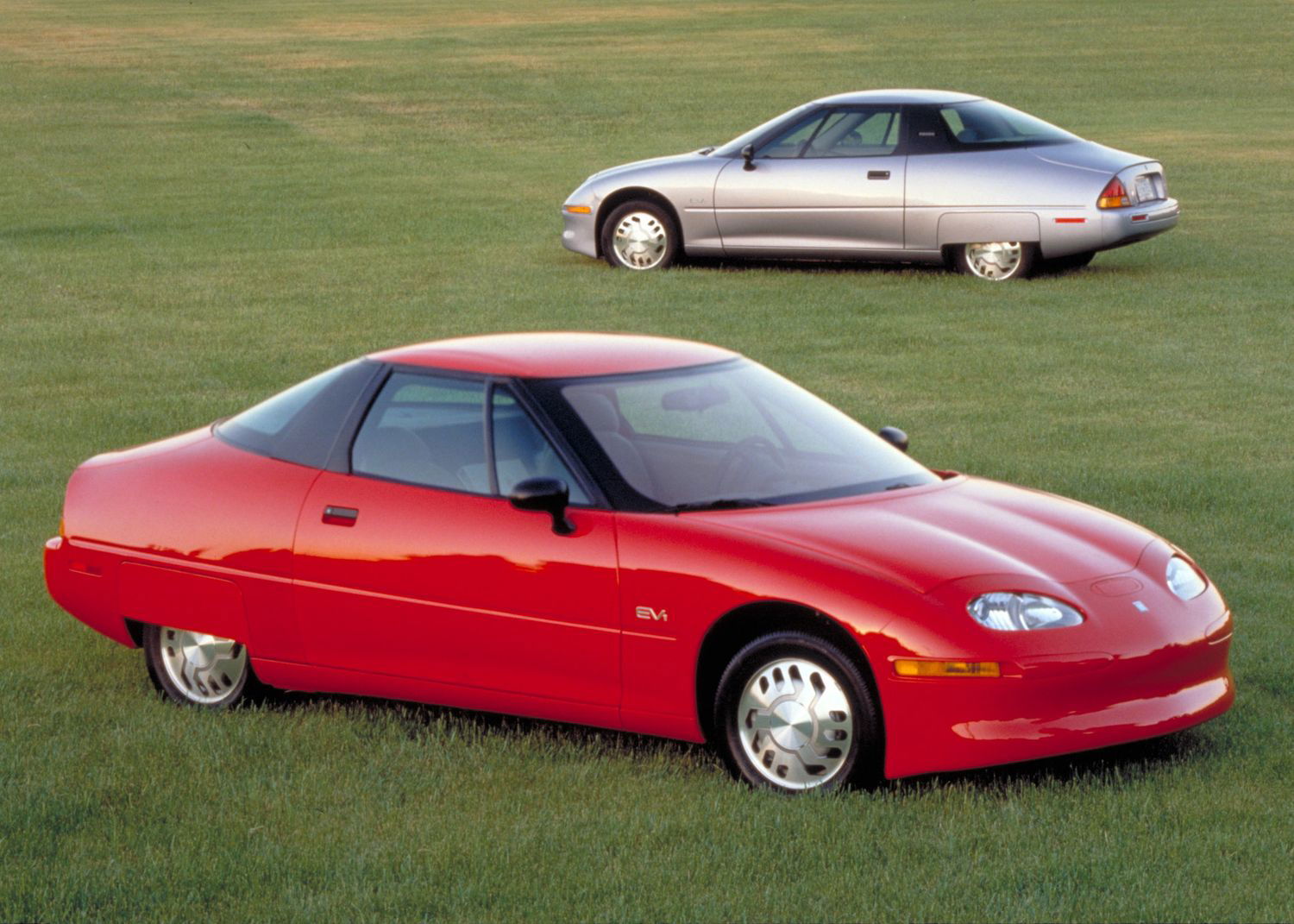
How has the entity of the EV been around for so long, and yet has lagged behind IC for over a century? Many believe that the lack of electric automotive progression has been down to the large oil companies buying and subsequently shelving the technological advancements made in the late 20th century that would have been an earlier rise of the electric car.
Large firms like BP and Shell wouldn’t want their revenues spoilt by people leaning away from internal combustion, and therefore are believed to have deliberately snuffed-out any big advancements to keep their pockets nice and deep. Although this conspiracy may have some backbone to it considering the Bush administration repealed the EV-friendly CARB regulation, I think the lack of sufficient battery technology has been simply a challenge that has taken this long to tackle. Even now, the batteries supplied with EVs don’t quite match our everyday needs, putting electric cars firmly in second place at this point in time.
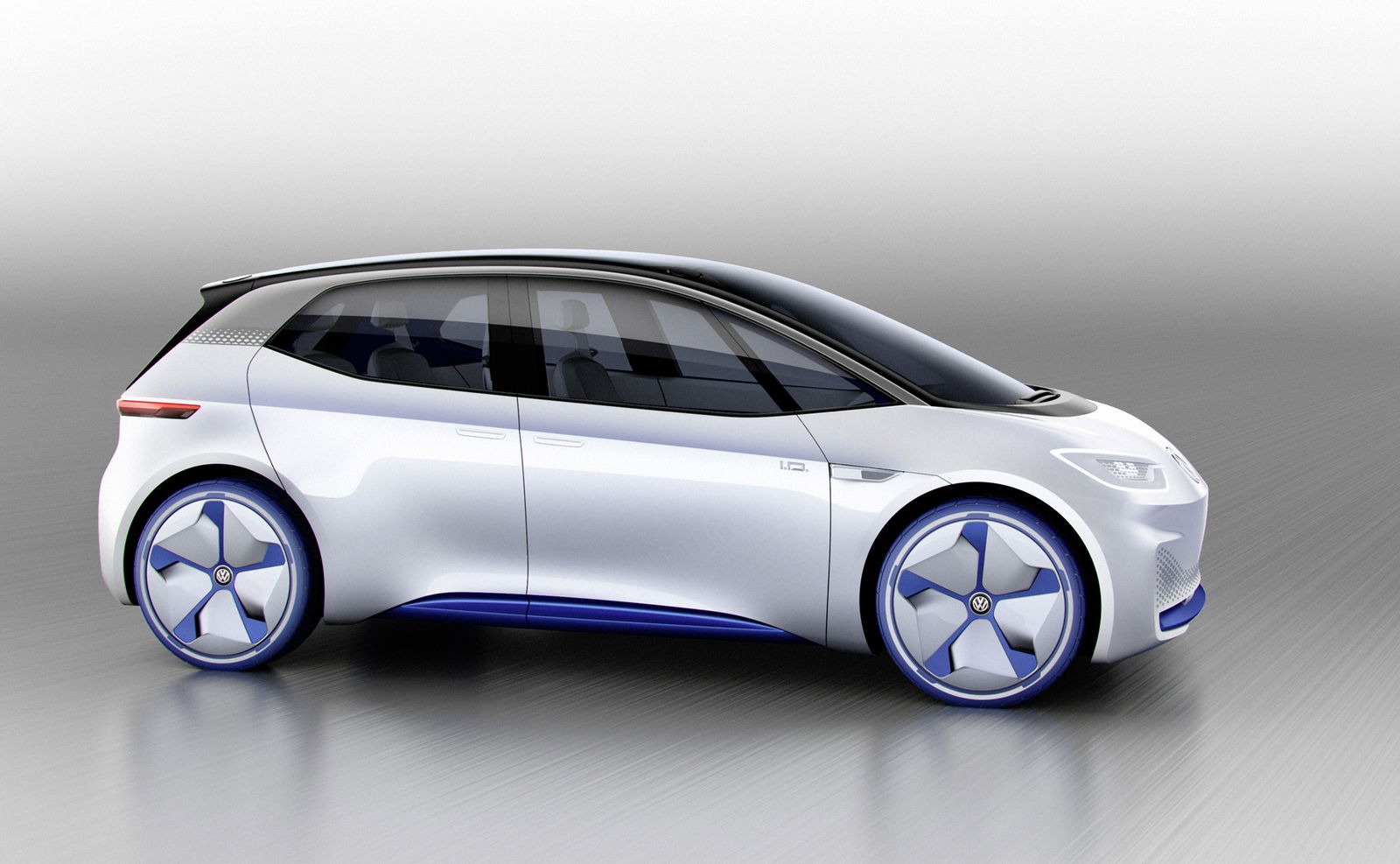
The rate at which EV technical progression is now accelerating will inevitably mean the glory days of internal combustion are soon to come to a close. It won’t be long until electric vehicles begin to fill the streets of your town or city as they become cheaper and more convenient with time.
All good things must come to an end, and that includes screaming V12s, thumping V8s and warbling boxers, with the electric motor rendering them obsolete. The era of the EV isn’t quite here yet though, so invest in old-school IC, stockpile fuel and ready yourself for the cold, electrified winter ahead.

Comments
“That figure is further reduced once you upgrade to the largest 21-inch wheels,” why does that happen? I’ve been asking this question for a long time now to Tesla and other YouTube channels. No response. Which each revolution on a bigger wheel more distance is covered, hence the range must increase right?. Someone please help me out here. Thanks!.
P100D has a longer range than most sports cars. Say again?
This makes so much sense now. But then with the same diameter tires why does the range drop?
why not add supercapacitors that are batteries but charge like capacitors. its a technology in early stages. That might revive the EV.
also use kinetic energy and use solar panel roofs.
so it constantly charges itself while excess electric is fed to the motor in performance conditions.
Range is not the issue, charging time is. Three minutes should be the max for a range of around 350km which is impossible with current battery technology.
Great article
And what would be a reason I should buy an electric car over another electric car (assuming they have the same amount of power)?
Electric cars are the best they’ve ever been and improve in range and features literally every month. Ive seen so many “car guys” in here bitching “oh its too quiet” “nyeh its boring” WAH WAH WAAAAH dont buy it then. you sound just as ignorant as the people back in the early 1900s complaining that horse and buggy were becoming obsolete. It took a little over 100 years to perfect the internal combustion engine and its still imperfect, evs in the past 10 years have lept forward in technology drastically and will continue to improve in the next 100 years, probably less considering theres actual effort being out into them, just like the internal combustion.
I love gas cars like anyone else. But i also like evs and can see their potential. if all you have is criticism, complaints, and whining then its just not a car for you.
But this is a good thing for EVs to take over
That means more fuel for us car guys! :D
this gives me hope
Pagination